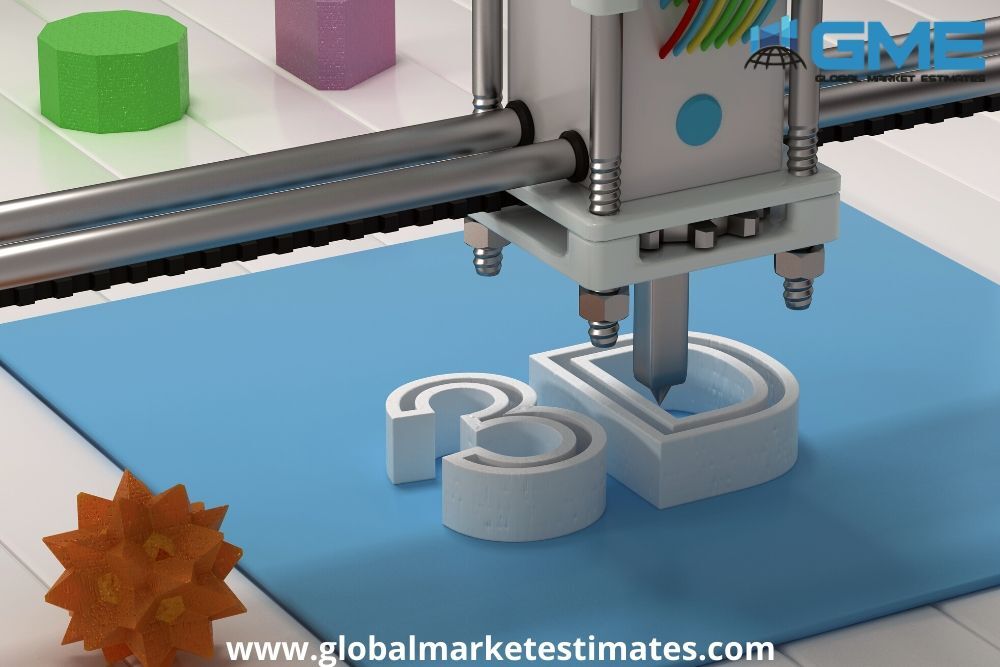If there is ever a time that 3D printing can be effective for the goodness of the world that time might be right now in the wake of one of the greatest pandemics of our lifetime, the Coronavirus. With the onset of Covid-19, the demand for face masks have increased by manifold. Despite the earlier debate- since coronavirus is not airborne, face masks are not very crucial-common people had gone into a frenzy to buy face masks to prevent catching the virus. The need for face masks as a part of protective medical gears have also been increased tremendously. And now that the World Health Organization (Who) has declared Covid-19 a ‘pandemic’ on 11-March-2020, the shortage of face masks has been focused upon by many national governments. 3D printed face masks might save the day in terms of one of the mitigating pieces of equipment required to protect from the virus: face masks.
Request for a sample copy of the report @: Global 3D Printing Mask Market Size, Trends & Analysis - Forecasts To 2026
To meet the demand in this need of the hour, scientists are developing face masks produced using 3D printing that can test large groups affected by the disease within thirty minutes. This was because one could curb the disease as well as enable mass screening. This low-cost face mask is soon to be trialed at the University of Leicester in the United Kingdom. It was originally developed for the quick diagnoses of tuberculosis. Studies claim that this unique face mask could save millions of lives through early detection of respiratory infection and diseases.
The concept of this face mask is to use a simple duck-billed face mask that has been adapted using 3D printed strips that can trap exhaled microbes while the patient wears the mask for about thirty minutes. Current diagnosis of Coronavirus comprises collecting swabs from the throat and nose and deeper respiratory samples. It takes about 72 hours to get the results of the testing. The University of Leicester has tied up with the UK National Health Service and with some international partners. They aim to first target patients with other respiratory virus infections and compare masks with standard throat swab results. If successful, the research team would start trials with the Covid-19 infected patients within weeks.
The materials for each mask would currently cost less than 2.50 pounds with the inserts individually 3D printed. However, if manufactured on a large scale, the costs could go down to a few cents. The masks would also allow home testing.
On the other hand, the US Military is designing 3D-printing face shields and reusable plastic N95 masks to increase the supply of critical medical equipment at hospitals across the US. Nine Navy and Marine Corps commands initiated their 3D-printing efforts since last week of March 2020 after the Federal Emergency Management Agency requested the initial production of 220 medical face shields. The U.S. military is uniquely positioned to assist in the production of personal protective equipment (PPE) because of its expertise in additive manufacturing or 3D printing. The Navy is now working with the Pentagon and industry to determine the volume and scope of additive manufacturing requests and also to determine the capacity to manufacture and distribute production across sites and ensure quality standards.
Some Air Force instructors have initiated 3D printing for not only face shields but also reusable plastic N95 face masks. The instructors have found a free model online for a 3D-printable and high-efficiency filtration mask which was designed by a neurosurgeon in Billings, Montana, to create the masks. The group hopes to present their prototypes to a medical group to see if they can meet hospitals' needs during the pandemic.
Apart from the US Military, many of those experienced with 3D printing are rising to the occasion to help. For instance, a New York man who runs a 3D printing shop in Staten Island, New York, has put his 3D printers make plastic face shields. According to him, he could produce 4,000 shields per day. Another hospital in the U.K. turned to a 3D printing firm in the U.S. for assistance in the time of this pandemic. A Lexington, Kentucky-based company that uses three-dimensional scanning for industrial applications has helped the University of Kentucky HealthCare make customised and much-needed face masks using 3D printing on the basis of the University design. They are using facial scans to make precise masks.
In Israel, new ventilator face masks protect the entire face from the coronavirus. These masks are a bit different from the disposable ones that we see in the market. However, they are effective and able to block viral particles from being ingested by human beings.
If there is anything that is to be learnt from all this, it is the value of 3D printing in times of a global crisis. 3D printing could produce feasible face shields as PPE for many different stakeholders who are combating a further spread of the coronavirus. Moreover, it also enabled the production of a face shield that was earlier thought to be very hard to create, owing to the specifications and time constraints. Further, at a minimum, a 3D printed face shield allows fabricators to design a prototype to be tested quickly so that mass-produced shields may be speeded along with the product development life cycle curve, especially in times of a health pandemic.
Browse the report @: Global 3D Printing Mask Market Size, Trends & Analysis - Forecasts To 2026

